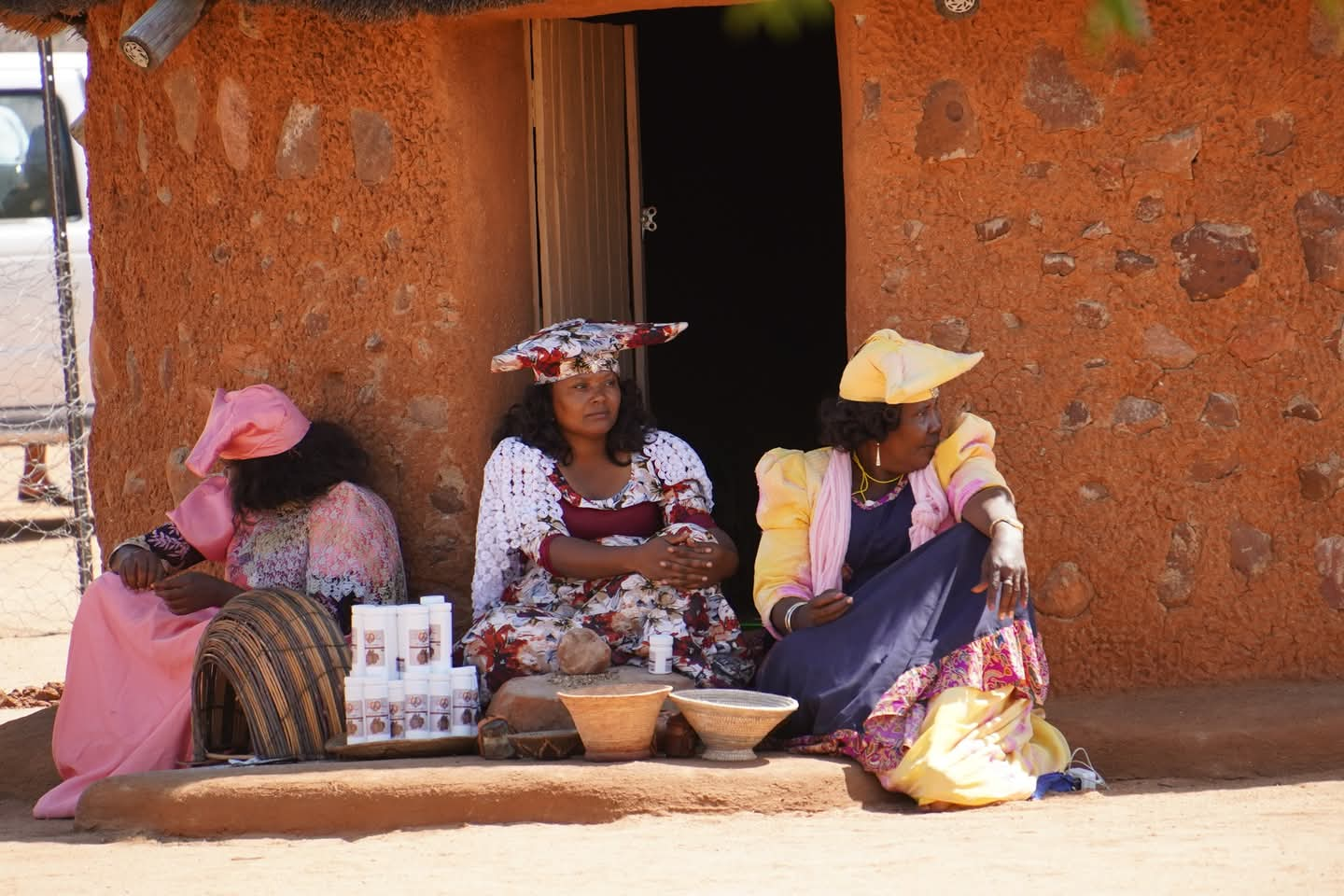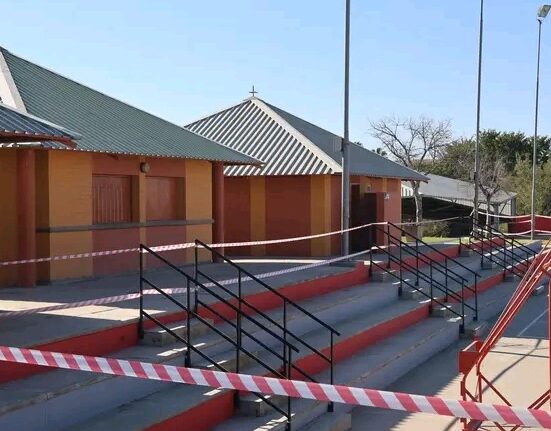The history of Namibia is marked by stories of resilience, cultural diversity, and struggles for survival. Among the most tragic chapters in the nation’s history is the decline of the Herero and Nama populations during the early 20th century. This dark period is rooted in the German colonial era, during which the Herero and Nama communities suffered immense loss of life, land, and culture. Understanding this tragic episode offers a historical perspective on colonialism, genocide, and the enduring consequences of these events on Namibia’s present-day society.
The Herero and Nama: A Brief Introduction
Before the arrival of European settlers, the Herero and Nama were two of the most prominent ethnic groups in Namibia. The Herero, traditionally cattle herders, occupied much of central and eastern Namibia, valuing their livestock as a cornerstone of their economy and culture. The Nama, predominantly pastoralists and traders, lived in the southern parts of Namibia, with a strong sense of identity and independence.
Both groups maintained complex social structures and rich cultural traditions, including oral storytelling, music, and art. However, their way of life would face an existential threat with the advent of German colonial rule in the late 19th century.
The Arrival of German Colonialism
Germany declared Namibia, then known as German South West Africa, a colony in 1884 during the European scramble for Africa. The German colonial administration sought to exploit Namibia’s resources and establish settler farms, often at the expense of indigenous populations. This led to the dispossession of Herero and Nama lands and growing tensions between the colonizers and local communities.
By the early 1900s, the situation had reached a boiling point. German settlers, supported by colonial authorities, imposed harsh taxes, seized land and cattle, and exploited local labor. The Herero and Nama, already grappling with the loss of their livelihoods, were forced into oppressive conditions that sowed the seeds of rebellion.
The 1904-1908 Herero and Nama Genocide
The flashpoint came in January 1904 when the Herero, led by Chief Samuel Maharero, launched an armed uprising against German forces. Later that year, the Nama, under leaders like Hendrik Witbooi and Jakob Morenga, joined the resistance. Initially, the indigenous forces achieved some success, but the German Empire responded with overwhelming military force.
Under the command of General Lothar von Trotha, the Germans pursued a policy of extermination. Von Trotha issued the infamous “Extermination Order” in October 1904, which declared that every Herero man, woman, and child found within German territory would be killed. Similar tactics were used against the Nama people. This policy marked the beginning of what is now recognized as one of the first genocides of the 20th century.
The Herero and Nama were systematically driven into the arid Omaheke Desert, where many died of starvation, dehydration, and exposure. Survivors were captured and sent to concentration camps, where they were subjected to forced labor, malnutrition, and medical experiments. It is estimated that up to 80% of the Herero population and 50% of the Nama population perished during this period.
Aftermath and Long-Term Consequences
The genocide left a lasting scar on the Herero and Nama communities. Their populations were decimated, their social structures shattered, and their lands permanently taken by German settlers. Many survivors were stripped of their cultural identity, forced to assimilate into colonial society as laborers, and denied any form of justice or restitution.
The loss of land and livestock—a core part of Herero and Nama identity—further deepened the communities’ economic and cultural disempowerment. The effects of these policies persist to this day, as many Herero and Nama descendants remain marginalized in Namibia’s socio-economic landscape.
Recognition and Reconciliation
For decades, the atrocities committed during the German colonial period were overlooked or ignored by the global community. However, in recent years, there has been a growing movement to acknowledge and address this dark chapter in Namibia’s history.
In 2015, the German government officially recognized the events of 1904-1908 as genocide. After years of negotiations, Germany offered a formal apology in 2021 and pledged €1.1 billion in development aid as part of a reconciliation agreement. However, many Herero and Nama leaders have criticized the deal, arguing that it falls short of providing direct reparations to descendants of the victims.
The Enduring Legacy
The decline of the Herero and Nama populations is more than a historical tragedy; it is a reminder of the enduring consequences of colonialism and genocide. The resilience of these communities, despite the immense challenges they have faced, speaks to their strength and determination to preserve their heritage.
Today, the Herero and Nama people continue to honor their ancestors through cultural practices, ceremonies, and advocacy for justice. Their story serves as a powerful testament to the need for historical accountability and the importance of addressing historical injustices to build a more equitable future.
The decline of the Herero and Nama populations during the German colonial era is a somber chapter in Namibia’s history. By understanding and acknowledging this past, we not only honor the memories of those who suffered but also contribute to a global dialogue on justice, reconciliation, and the legacy of colonialism. As Namibia continues to grow and develop, the lessons of history remain vital in shaping a future rooted in equality and respect for all its people.
Join 'Namibia Today' WhatsApp Channel
Get the breaking news in Namibia — direct to your WhatsApp.
CLICK HERE TO JOIN












